Food security and supply has been a global concern for decades. In the context of growing nationalist trends and ongoing supply chain disruptions, questions around food self-sufficiency need to be addressed. At the same time, a push towards more sustainable eating habits further justifies the need to reassess national capacities to feed their own populations. Assessing which countries can provide food, meet dietary guidelines independently, without global trade, is crucial for food security and resilience.
The Risks of Food Import Dependence
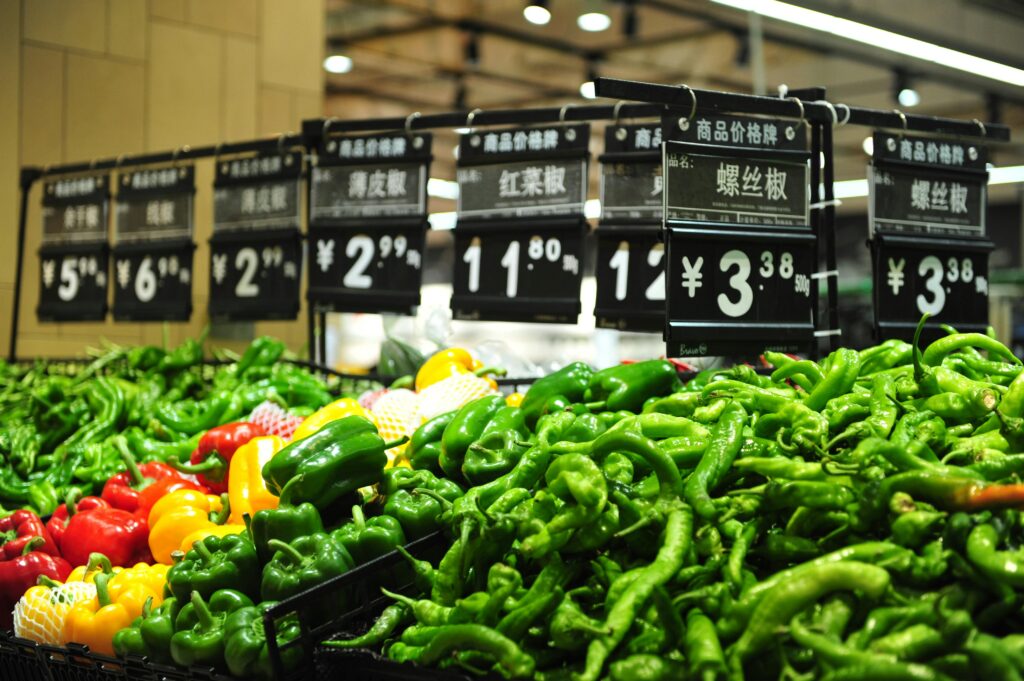
According to a new analysis published in May 2025 in Nature Food, over one-third of nations lack food self-sufficiency. They cannot meet requirements in more than 2 of the 7 essential food groups. The 7 major food categories are fruit, vegetables, legumes, starchy staples, meat, fish, and dairy. For these countries, a heavy reliance on imports makes them acutely vulnerable to disruptions and possible crises. Geopolitical tensions, climate disasters, or spikes in world food prices could destabilize food security, especially for smaller states.
Measuring Food Self-Sufficiency
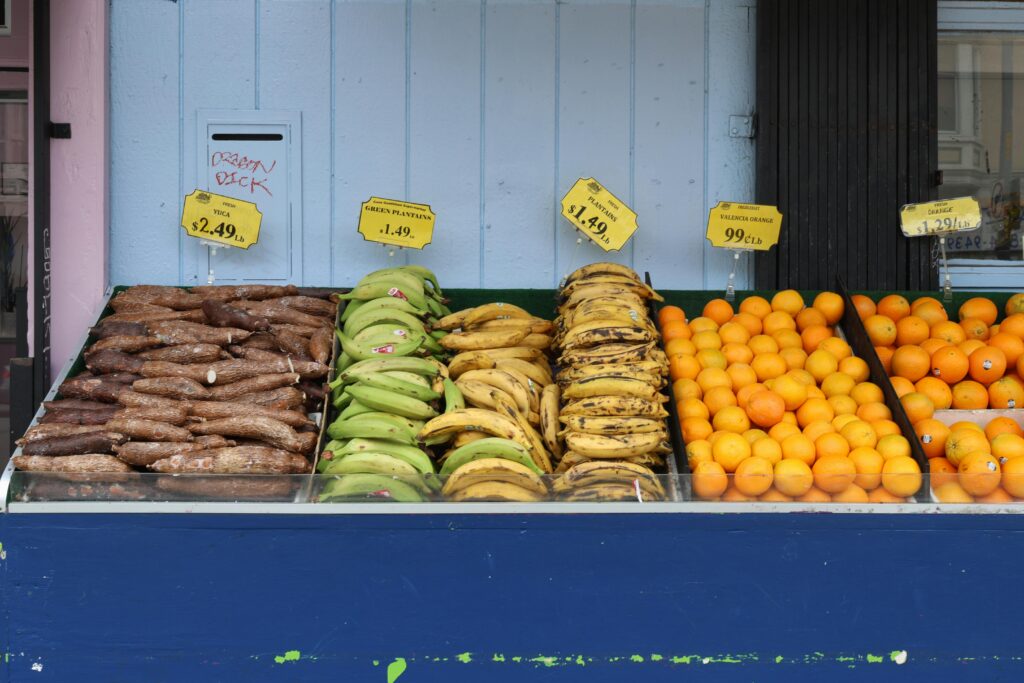
Food self-sufficiency requires more than simply feeding people. Food self-sufficiency is the ability of a country to meet its population’s dietary needs. But this must be achieved entirely through its own agricultural production, without relying on imports. Researchers evaluate countries using 7 essential food groups, which are fruits, vegetables, legumes, starchy staples, meat, fish, and dairy. Achieving this means producing enough of all 7 of the essential food groups to satisfy national dietary guidelines.
Guyana: The Exception Not The Rule

Located on the north Atlantic coast of South America, Guyana stands alone as completely food self-sufficient across all measured groups. Known for its dense forestation, Guyana also boasts fertile alluvial plains which yield a surplus of rice and starchy roots. Guyana’s fisheries and agriculture provide more meat and fish than required by its 900,000 inhabitants.
Guyanese farmers drive their nation’s food independence through diverse cultivation. Minister Zulfikar Mustapha states: “We want our small farmers to be able to plant smarter”. Unlike their Caribbean neighbors who import 80-90% of their food, Guyana invests heavily in local production systems to achieve complete self-sufficiency.
Notable Performers and Emerging Leaders
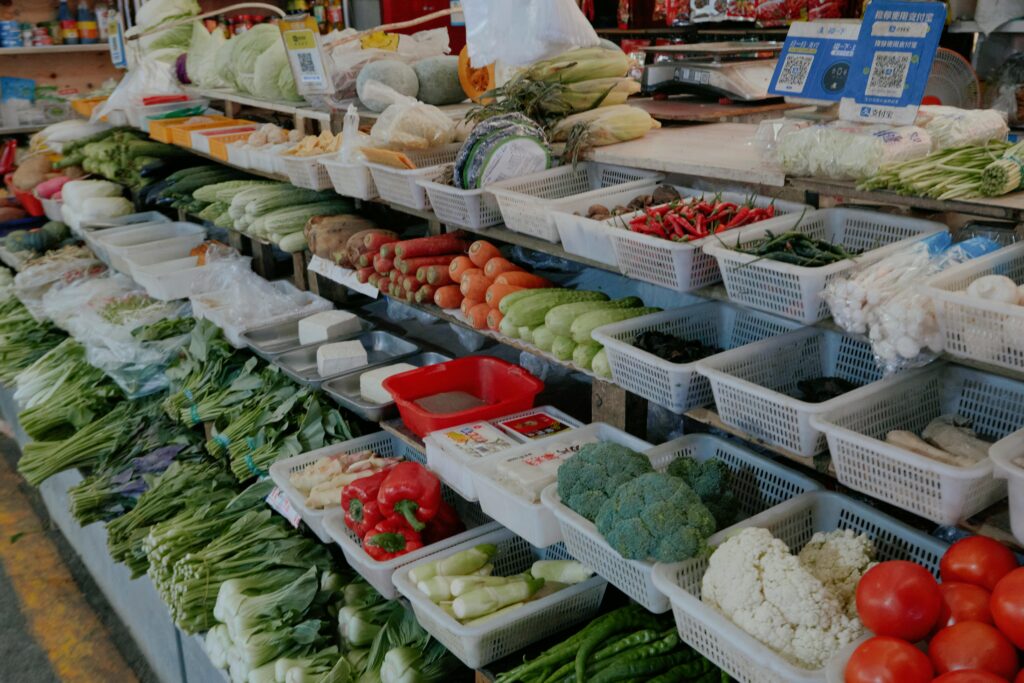
While Guyana is “the exception and not the rule”, many countries excel in 5 or 6 food categories. Vietnam and China closely join Guyana as food self-sufficient, while nations like Finland and France show impressive resilience. On the African continent, 8 countries, including Mali and Morocco, made the top 50 thanks to their successful adaptation to climate and market challenges.
Europe’s Fruits and Vegetable Problem
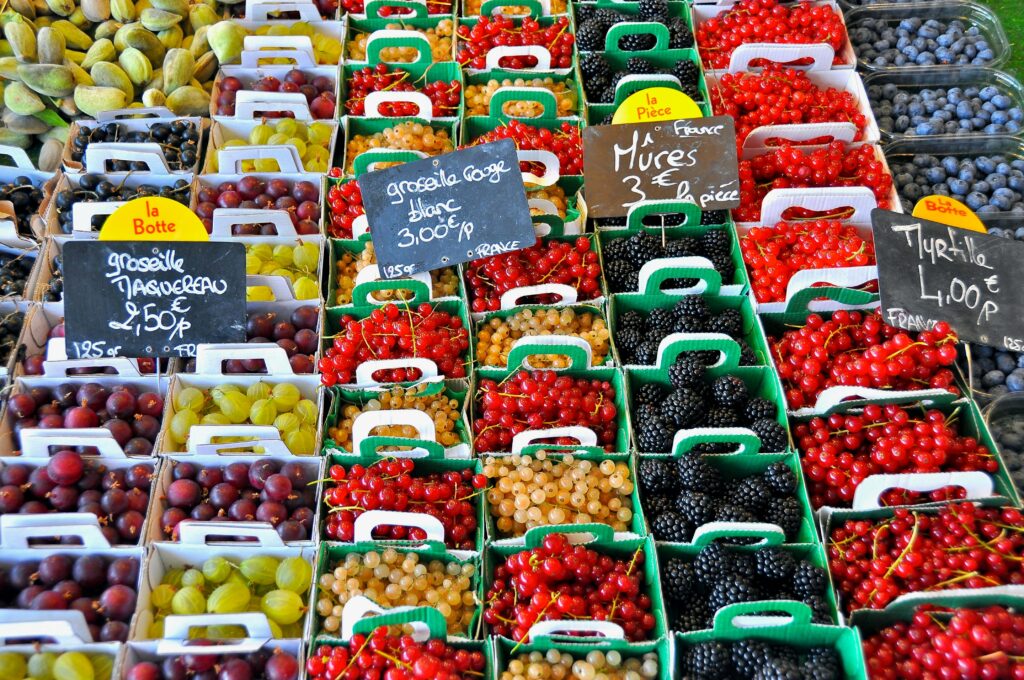
While it may seem abundant in stores, Europe falls short in fruit and vegetable self-sufficiency, especially in the North. Countries like Russia, Latvia, and Estonia produce only a fraction of their needs. Yet, southern nations like Spain excel, producing four times what their people need and exporting the rest. Spain is the largest producer of fresh fruit and vegetable production in the EU. In 2022, Spain’s output reached approximately 13.87 million tonnes of produce. Its fertile regions and ideal climate allow Spain to consistently supply both domestic markets and many neighboring countries throughout the year.
The Dairy Deficit in Asia
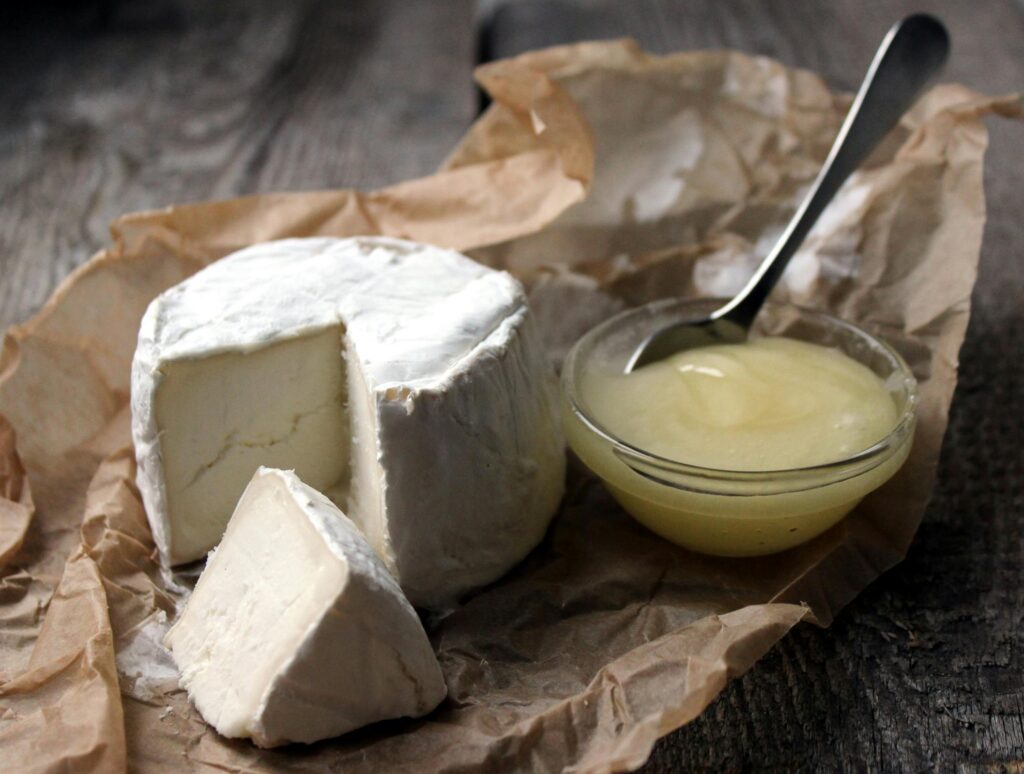
Asia’s nutritional, self-sustaining development has not translated into their dairy industry. Most Asian countries, including food-sufficient regions like China and Vietnam, import most of the dairy they consume. While Vietnam and China both rank excellently on 5 other food groups, dairy self-sufficiency rates 14% and 29% respectively.
Studies demonstrate that at least 70% of East Asians are lactose intolerant, with dairy not being a cultural staple like Western countries. Limited grazing fields and tropical climates create barriers to addressing this deficiency. Meanwhile, countries like Kyrgyzstan and Uzbekistan are exceptions in the region by producing and exceeding local dairy requirements.
The United States and Other Developed Economies

The United States sits right in the middle of the list, achieving self-sufficiency in only 4 food groups. Importantly, as a National Geographic article explains, countries may have the capabilities to produce and be self-sufficient. However, importing certain goods may end up cheaper in the long term.
America excels and outperforms in the production of legumes (1,259%), starchy staples (188%), and meat (717%). Similar trends exist in Australia, Canada, and Japan, where trade and urbanization complicate the self-sufficiency equation. Notably, 13.5% of U.S. households were “food insecure at some time during 2023”, a reminder that nationwide sufficiency does not correlate to every family being well-fed.
Building Future Resilience
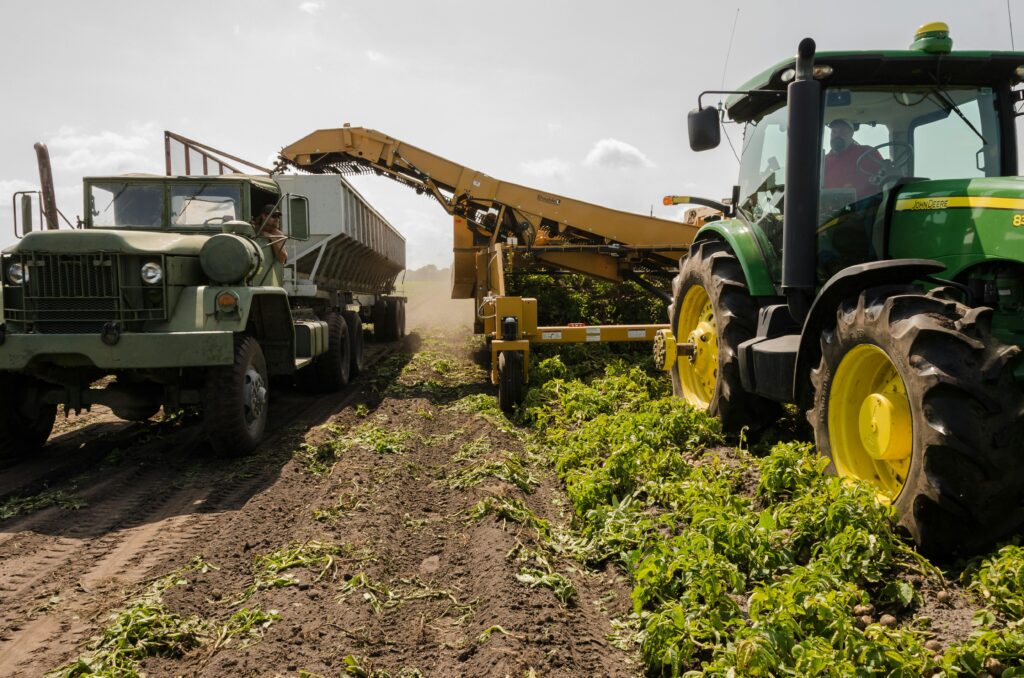
Modern agriculture faces new and growing risks, including climate change, population pressure, evolving diets, and the need for sustainability. Innovations in water management, crop genetics, and supply chain technology offer hope. The most food self-sufficient countries teach important lessons to successful self-sustainability. These countries show us that diversifying food sources, investing in local agriculture, and preparing for natural or unforeseen events. Policymakers must balance local production with the global market to secure healthy, affordable food for all.
The 50 Most Food Self-Sufficient Countries

This infographic ranks the top 50 countries by food self-sufficiency, highlighting nations that produce enough to meet their population’s food needs. It visually compares each country’s efficiency in sustaining itself without heavy reliance on food imports.
Read More: Seven Countries Now Generate Almost 100% Power from Renewable Energy

